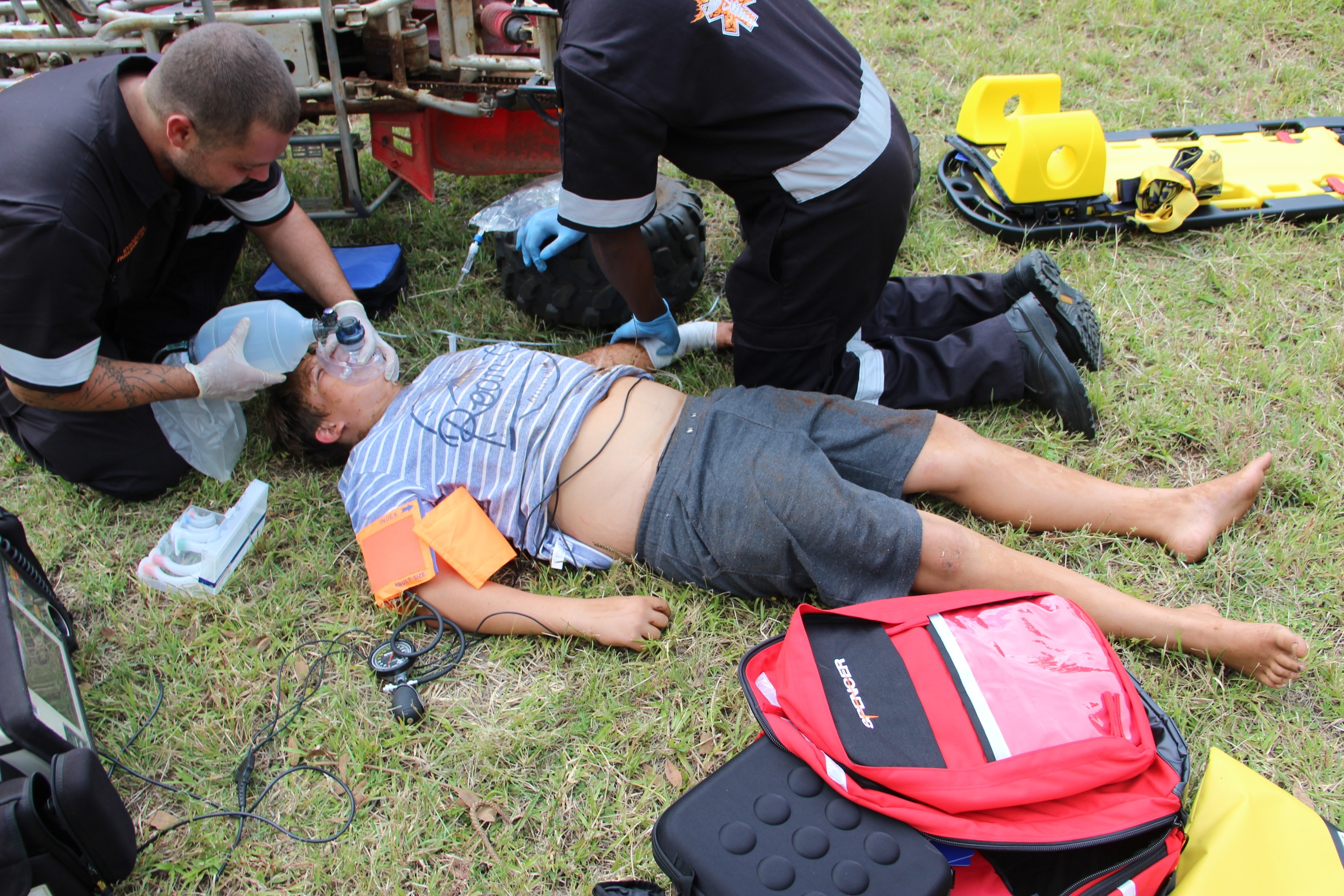
Internal haemorrhage: definition, causes, symptoms, diagnosis, severity, treatment
Internal haemorrhage (internal hemorrhage or ‘internal bleeding’) in medicine refers to a type of haemorrhage in which blood, leaking from a blood vessel or from the heart, pours out and may accumulate inside the body
This is the main characteristic that distinguishes an external haemorrhage from an ‘internal’ haemorrhage: in the latter case, the blood, leaking from a blood vessel, spills outside the body.
Typical examples of internal haemorrhage are:
- gastrointestinal haemorrhages: affecting a section of the gastrointestinal tract, i.e. oesophagus, stomach, duodenum, small intestine, colon-rectum and anus;
- haemoperitoneum: haemorrhage within the peritoneum;
- haemopericardium: haemorrhage between the two pericardial leaflets;
- haemothorax: massive pleural haemorrhage.
Causes of an internal haemorrhage
Internal haemorrhage can be caused by injury to either a vein or an artery.
The vessel injury in turn can be caused by numerous diseases and conditions.
Internal haemorrhage very often occurs, for example, as a result of a traumatic event, such as the sudden decelerations that occur in a car accident.
The causes that lead to internal haemorrhage are many:
- rupture of a vessel by trauma;
- abnormal oozing of blood from the vessel;
- corrosion of the vessel’s intimal structures due to wall damage.
These occurrences can be caused and/or facilitated by various reasons, including:
- traumas of various kinds, such as traffic accidents, gunshot wounds, stab wounds, blunt trauma against sharp objects, amputation, decomposed fracture of one or more bones, etc;
- blood vessel diseases, e.g. vasculitis, atherosclerosis, dissection or aneurysm with rupture;
- cardiovascular pathologies: a spike in arterial hypertension can, for example, injure a blood vessel already weakened by another pathology;
- various types of viral, bacterial and parasitic infections, such as those caused by the Ebola virus or the Marburg virus;
- coagulopathies, i.e. blood clotting diseases;
- various types of cancer, e.g. colorectal, lung, prostate, liver, pancreas, brain or kidney cancer;
- presence of ulceration, e.g. perforated gastric ulcer;
- surgery: injury of blood vessel due to doctor’s error.
Internal haemorrhage can also be promoted by:
- malnutrition by default;
- scurvy;
- autoimmune thrombocytopenia;
- ectopic pregnancy;
- malignant hypothermia;
- ovarian cysts;
- vitamin K deficiency;
- haemophilia;
- drugs.
Symptoms and signs of internal bleeding
In the case of internal haemorrhage, the symptoms and signs can be very varied depending on the type, site and severity of the blood loss.
Possible symptoms and signs of an internal haemorrhage can be
- pain at the site of the vascular lesion
- paleness;
- arterial hypotension (decrease in blood pressure);
- initial compensatory tachycardia (increase in heart rate, which in the early stages tries to compensate for the loss of pressure);
- progressive bradycardia (decrease in heart rate);
- initial tachypnoea (increased respiratory rate);
- progressive bradypnoea (decrease in respiratory rate);
- dyspnoea (air hunger);
- contraction of diuresis;
- drowsiness;
- loss of consciousness (fainting);
- loss of concentration;
- weakness;
- anxiety;
- amnesia;
- intense thirst;
- blurred vision;
- hypothermia (decrease in body temperature);
- feeling of coldness;
- cold sweat;
- chills;
- general malaise;
- sense of confusion;
- anaemia;
- dizziness;
- nervous system abnormalities (motor and/or sensory deficits);
- anuria;
- hypovolemic haemorrhagic shock;
- coma;
- death.
Severity of a haemorrhage
The severity of a haemorrhage depends on many individual factors (the patient’s age, general condition, presence of pathologies, etc.), the site of the haemorrhage, how quickly the doctor intervenes and, above all, how much blood is lost.
The mildest symptoms (slight psychic agitation with a slight increase in respiratory rate) occur with minor blood loss, up to 750 ml in adults.
Remember that the amount of blood in circulation in a healthy adult is between 4.5 and 5.5 litres.
If the blood loss is between 1 and 1.5 litres in an adult, the symptoms become more pronounced: weakness, thirst, anxiety, blurred vision and an increased respiratory rate occur, however – if the bleeding is stopped – the patient’s life is NOT in danger.
If the amount of blood lost approaches 2 litres in adults, dizziness, confusion and loss of consciousness may occur.
Even in this case, if action is taken in time, the patient generally survives.
With losses of more than 2 litres in adults, coma and death from exsanguination may occur.
With losses of slightly more than 2 litres, the patient may still survive if bleeding is stopped immediately and blood is infused.
These values are reduced if the patient is a child.
Treatment
In the case of severe internal arterial haemorrhage, treatment must be undertaken as soon as possible to prevent the patient’s death.
The first treatment is compression upstream of the rupture point of a blood vessel, which must not be removed in order not to lose the benefit of the clotting process.
The treatment is surgical: the vascular surgeon will have to intervene at the level of the lesion to repair it.
Hypovolaemia and hypothermia must be counteracted with massive reintroduction of blood and fluids.
Read Also:
Emergency Live Even More…Live: Download The New Free App Of Your Newspaper For IOS And Android
What’s Causing Your Abdominal Pain And How To Treat It
Intestinal Infections: How Is Dientamoeba Fragilis Infection Contracted?
Acute Abdomen: Meaning, History, Diagnosis And Treatment
Respiratory Arrest: How Should It Be Addressed? An Overview
Cerebral Aneurysm: What It Is And How To Treat It
Cerebral Haemorrhage, What Are The Suspicious Symptoms? Some Information For The Ordinary Citizen


